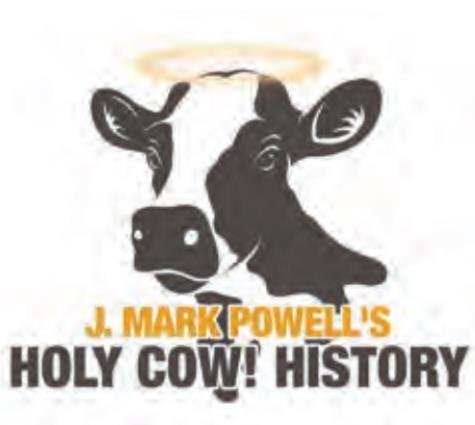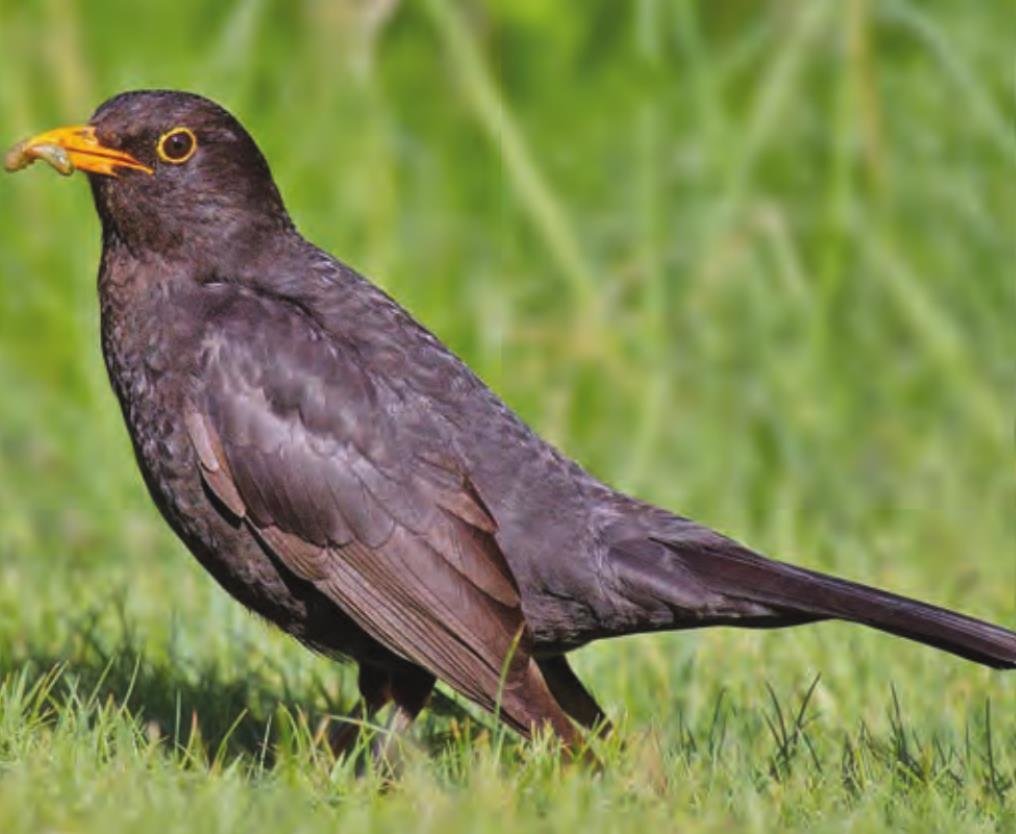When the Blackbirds called on Kentucky
Something about birds makes them a perfect fit with Halloween’s scary vibe. Think Edgar Allan Poe’s classic “The Raven” and Alfred Hitchcock’s chilling “The Birds.”
Nearly 50 years …
This item is available in full to subscribers.
Subscribe to continue reading. Already a subscriber? Sign in
Get 50% of all subscriptions for a limited time. Subscribe today.
Please log in to continueNeed an account?
|
When the Blackbirds called on Kentucky
Something about birds makes them a perfect fit with Halloween’s scary vibe. Think Edgar Allan Poe’s classic “The Raven” and Alfred Hitchcock’s chilling “The Birds.”
Nearly 50 years ago this fall, a small town had a huge problem on its hands, thanks to the winged critters. This is what happened when the blackbirds called on Kentucky.
Hopkinsville, Kentucky, is a slice of classic Americana. Located a handful of miles above the Tennessee state line, a 152-year-old courthouse sits downtown with quaint little shops and stores, stately churches, and lovely old houses scattered nearby. It’s the kind of place folks are happy to call home.
Unfortunately, in the mid-1970s, unwanted visitors decided to call it home, too.
Sometime in late October 1974, the skies around “Hoptown” (as the locals affectionately call it) grew dark. Not with clouds, but with birds. Blackbirds, to be specific. With large numbers of starlings and a healthy number of grackles and cowbirds along for good measure. When the sun went down each evening an estimated 5 to 7 million of them filled bare tree limbs, the air, and — well, basically any place they chose.
But this was no natural wonder. Birds freely potty whenever and wherever they want. Hopkinsville suddenly found itself covered in millions of pounds of droppings. That created a serious health hazard. They spent their days feasting on the grain farmers put out to feed their cattle. And that wasn’t the worst of it.
The birds eventually settled on a 30-acre clump of pine trees for their base of operations. Which put them in direct conflict with the U.S. Army, whose 101st Airborne Division was headquartered at the nearby sprawling Fort Campbell. Now plane and helicopter pilots had to contend with a serious flying threat.
Fed-up farmers and local citizens grabbed shotguns and blasted away at the winged pests. The birds just laughed and went right on doing their own thing. Hopkinsville’s mayor called it “a pestilence and a scourge.” He wasn’t exaggerating. Veterinarians cautioned about gastroenteritis, which can kill infant pigs, while doctors warned humans to safeguard It remains against in histoplasmosis, American mem mother an airborne of all blazes. disease Exactly that damages the Great the Chicago lungs. Fire blew
Windy If all City this with sounds a vengeance, eerily more t reminiscent 300 people, blackening of Alfred Hitchcock’s acres, and “The destroying Birds,” it property was. Parents estimated wouldn’t $4.7 billion let their in today’ children Yet a far play deadlier, outdoors. vastly They big couldn’t hotter inferno anyway; raged their elsewher slides and same swings day. were covered in white This droppings. is the story Just of the like the Peshtigo sidewalks, Fire. driveways and car windshields. The first days of autumn
By February, the birds had 1871 were blisteringly hot caused an estimated $2.6 in Wisconsin, Michigan, and million in damage (nearly $15 million in 2021 dollars). Desperate local officials issued an emergency S.O.S, and Uncle Sam responded. In early 1975, planes and choppers prepared to take off from Fort Campbell and douse the blackbirds and their buddies with Tergitol S-9, a biodegradable detergent that removes the protective oil that helps keep them warm, from their feathers.
Then, just when a strategy was in place to counter the threat, two new characters entered the drama.
First, bureaucrats at the federal Council on Environory as the mental Quality insisted miracle. the The c tional 150 years ago, Army come up with an Shrine imthrough the pact statement. That When took the fi self killing some several weeks and $20,000 out, autho han 2,112 (about $102,000 charred today) lands in time and paperwork. valued at an tion. Up Then to 1,8 environmentalists more got than in on twi s dollars. the act. The New It’s York-based impossible ger, and even groups Society for people Animal perishe e the very Rights and Citizens tween for 1,200 Animals a sued, seeking to stop what they called “a form of mass euthanasia.” (Hopkinsville’s mayor semi-seriously considered seeking a retaliatory injunction to prohibit Big Apple residents from killing stray rats.)
Nature eventually solved the problem with the calendar. When the weather warmed up in spring, the birds took off for greener pastures.
There was a similar episode in 2013 when millions of unwelcome fowl again showed up and caused yet another round of monthslong misery.
They say birds of a feather flock together, and folks in Hopkinsville can attest to the saying’s accuracy. And then some. With leaves starting to fall off trees and hurch temperatures later became beginning the Na to of grow Our Lady nippy of at Good night, Hope. you re can’t eventually blame burned them for itkeep rities ing a traipsed nervous through eye on the sky cape and their tallied fingers the crossed destruc 875 that square the blackbirds miles were don’t ruined, ce come the size calling of Rhode again this Island. year.
The best estimate is be to know To borrow just how from many Poe, “Nevermore.” ed.
nd Have 1,500, comments, although the quesactual number tions or suggestions may have reached you’d 2,500. like to share A cemetery with Mark? in Peshtigo Message him at jmp.press@ holds the mass grave of gmail.com. 350 victims who couldn’t be
Other items that may interest you










Comments
No comments on this item Please log in to comment by clicking here